
Top 10 Text To Music AI Tools
You couldn’t even dream of making music in minutes a few years ago, but now it’s possible and easy. Text to music AI tools turn written text...
ChatGPT, a sophisticated AI language model developed by OpenAI, has gained immense popularity for its ability to generate human-like text responses. It’s based on advanced machine learning techniques, particularly the transformer model, enabling it to understand and generate language with remarkable accuracy.

Its key feature is deep learning algorithms, which enable it to learn from vast datasets and improve over time. ChatGPT’s versatility, efficiency, and user-friendly interaction have made it a go-to tool in multiple sectors, transforming the way we interact with technology in our daily lives.
ChatGPT is a state-of-the-art language model based on the GPT (Generative Pre-trained Transformer) architecture. Trained on a diverse dataset, it excels in various language tasks by predicting subsequent words in a given context, making it a powerful tool for natural language processing and generation.
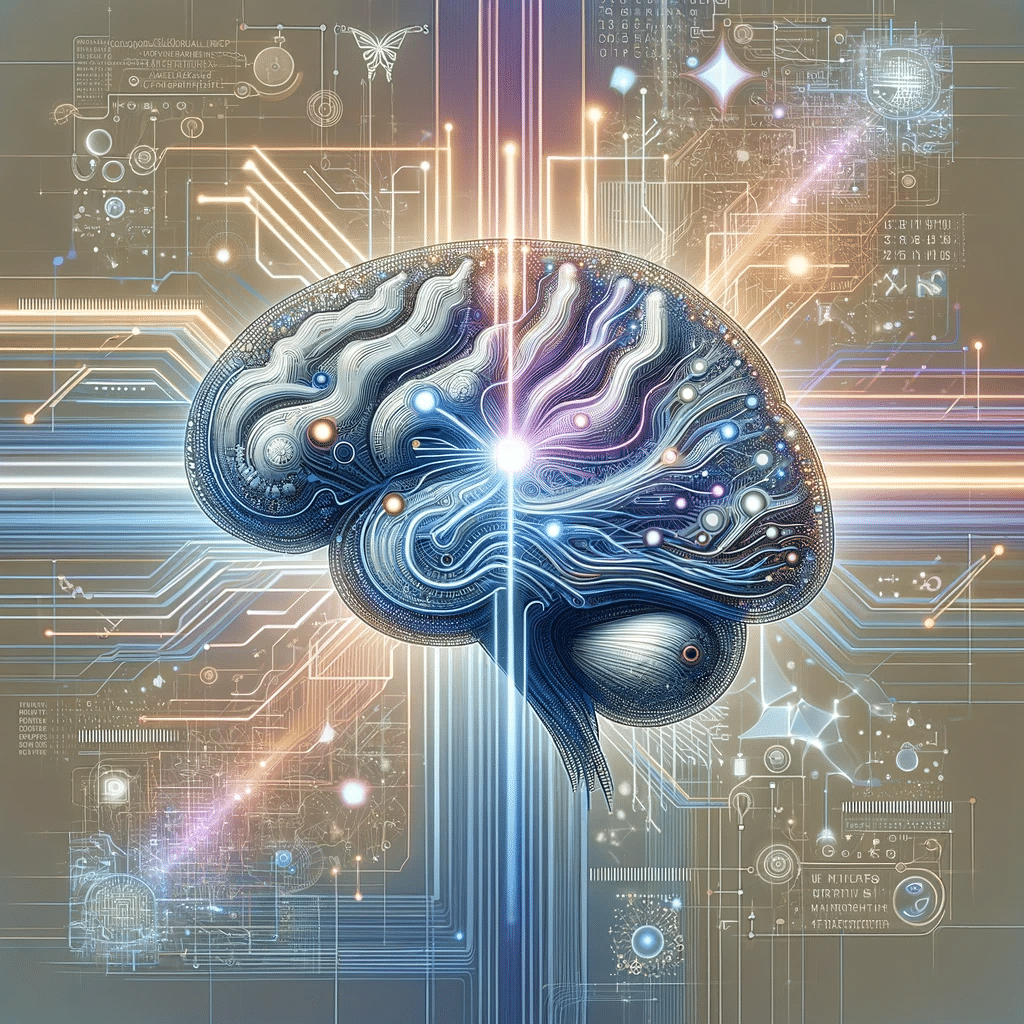
Its foundation lies in deep learning, which utilizes a neural network with millions of parameters trained on a diverse range of internet texts.
ChatGPT represents a significant milestone in AI, combining advanced neural networks with vast data training, making it a versatile tool in numerous fields.
Utilizing ChatGPT for business operations is a strategic move towards enhancing efficiency and customer engagement. There are many ways businesses can effectively integrate ChatGPT into their existing systems. Here, you can find some of them in more detail.
Several leading brands are harnessing ChatGPT for enhanced customer service. For instance, Snapchat uses ChatGPT to create engaging conversational experiences. Shopify integrates it to assist merchants in managing stores, and Airbnb leverages ChatGPT to help hosts with descriptions and communication.
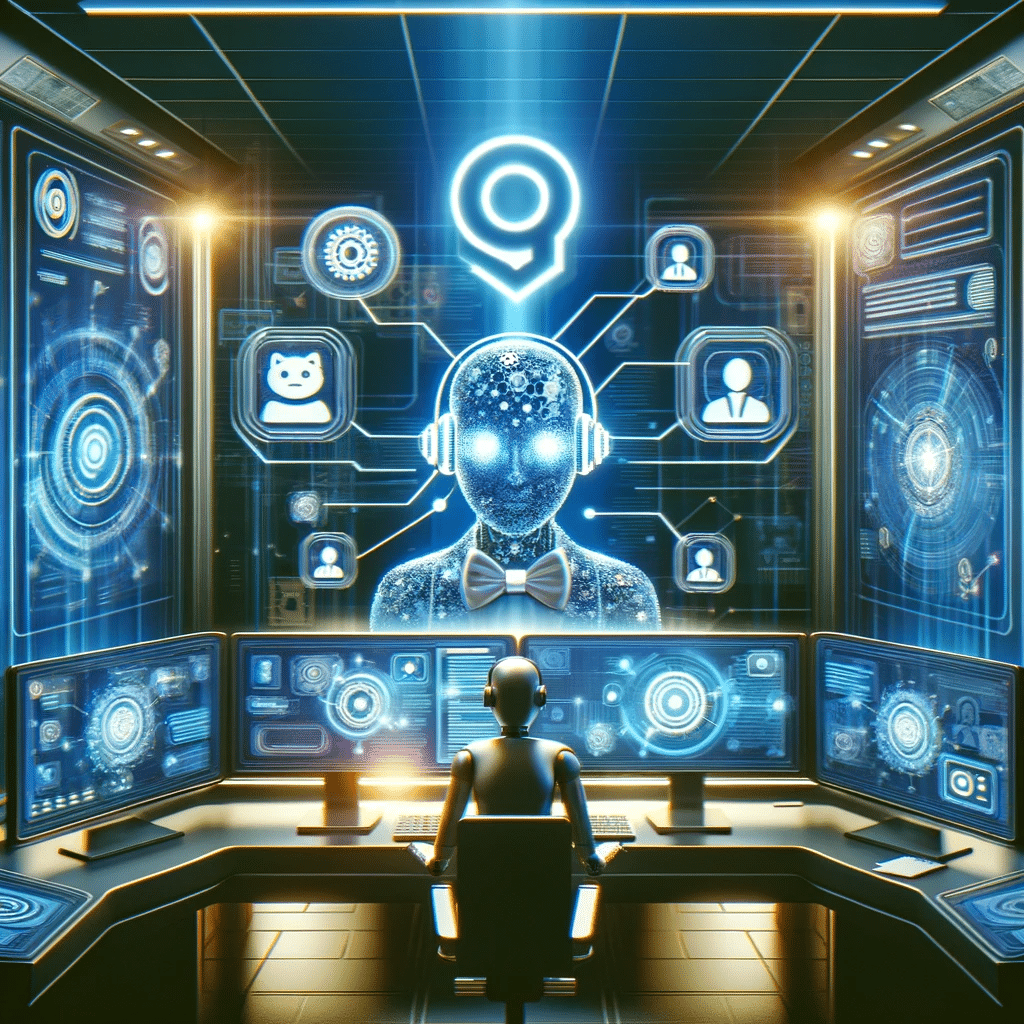
A ChatGPT-powered chatbot helps businesses automate responding to common queries such as product details, order status, or policy information. This immediate, 24/7 response improves customer satisfaction and reduces wait times.
It assists in troubleshooting by offering step-by-step guidance. For example, if a customer struggles with a technical issue, ChatGPT can provide a series of instructions to resolve it, tailored to the customer’s technical understanding.
ChatGPT’s ability to handle multiple inquiries simultaneously drastically reduces the workload on human agents. This leads to increased efficiency, allowing human customer service representatives to focus on more complex tasks that require human empathy and decision-making skills.
ChatGPT’s integration in customer service is a game-changer, enhancing efficiency, scaling response capabilities, and delivering consistent, quality service, which is evident in how leading brands are deploying it.
Renowned brands are leveraging ChatGPT to streamline their content strategies. For example, The New York Times has experimented with AI for generating articles, while BuzzFeed uses similar technologies for creating engaging digital content. Additionally, Hootsuite, a social media management platform, integrates AI tools to aid users in crafting compelling posts.
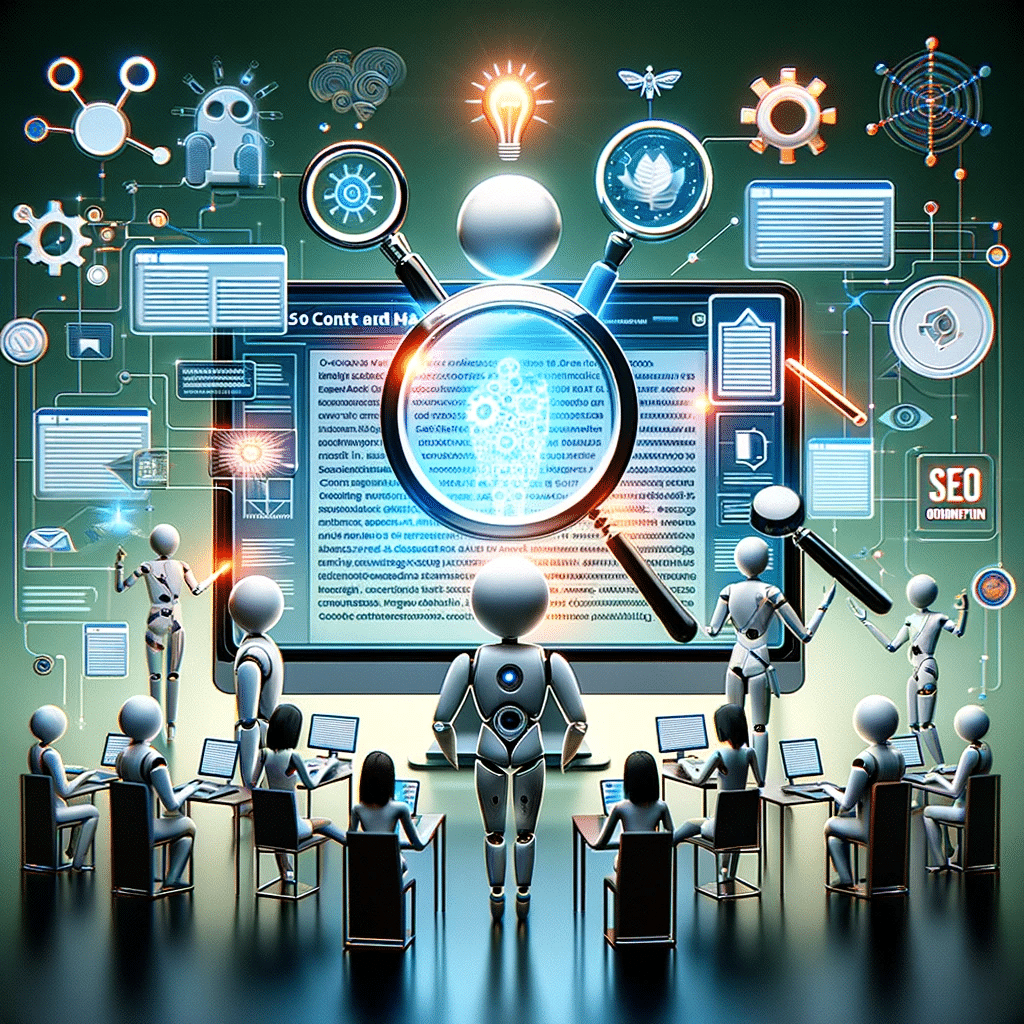
ChatGPT efficiently assists in producing high-quality, informative articles and blog posts. It generates outlines, drafts, and even complete articles, significantly reducing the time and effort involved in content creation. This AI-driven approach ensures consistency in tone and style, which are essential for brand messaging.
In creative writing, ChatGPT offers a range of possibilities, from generating story ideas to composing entire sections of text. Writers and publishers use it as a tool for brainstorming and overcoming writer’s block, enhancing their creative process.
ChatGPT enhances SEO optimization by generating keyword-rich content, providing on-point answers for FAQs, creating engaging meta descriptions, and assisting in crafting SEO-friendly headlines. Its language capabilities ensure content relevancy and quality which are vital for improving search engine rankings.
To sum up, many ChatGPT use cases for generating high-quality content represent a major advancement, providing a blend of creativity and efficiency. Its ability to understand context and generate relevant content makes it a valuable asset for brands looking to maintain a robust online presence.
Educational institutions and platforms are increasingly adopting ChatGPT for its versatility in learning and teaching. For instance, Khan Academy and Coursera are exploring AI tools like ChatGPT to augment their online learning experiences.

Universities such as the University of California, Berkeley and Stanford University have also been experimenting with AI in education, including ChatGPT for research and teaching assistance.
ChatGPT serves as an on-demand tutor, providing explanations, solving problems, and answering student queries in real-time. This personalized assistance helps students understand complex topics at their own pace.
Educators use ChatGPT to develop curriculum content, including lesson plans, educational games, and interactive exercises. Its ability to generate diverse, accurate, and engaging content and language translation makes it a valuable tool for enhancing educational materials.
In summary, ChatGPT’s integration into the educational sector is revolutionizing learning experiences. It offers personalized tutoring, enhances curriculum development, and supports educators in delivering more engaging and effective teaching methods.
ChatGPT aids businesses in software development by suggesting code, assisting in debugging, and explaining programming concepts. It streamlines development workflows, enhances code quality, and accelerates problem-solving, making it a valuable tool for developers and programmers.

Moreover, top educational institutions like MIT and Stanford University are integrating ChatGPT-like technologies into their computer science curriculums. These tools assist students in understanding coding principles, algorithm design, and software development.
ChatGPT helps students and developers by suggesting code snippets, explaining programming concepts, and offering guidance on best practices. For instance, beginners learning Python or JavaScript programming languages can get instant help understanding how to write code.
One of the critical areas where ChatGPT shines is in debugging. It can analyze code errors and suggest corrections, significantly reducing the time and effort involved in troubleshooting.
ChatGPT aids in various stages of software development, from planning and design to testing and deployment. It can provide insights on project management methodologies, assist in writing test cases, and even help in understanding complex software documentation.
In conclusion, ChatGPT’s role in programming education is substantial. It acts as an on-demand tutor, simplifying the learning curve for students and aiding developers in various aspects of software creation and management, even when there’s a need to write code.
ChatGPT’s role in sales and marketing is pivotal for personalizing customer interactions and enhancing lead qualification. It can be incorporated into email marketing and social media campaigns for personalized customer interactions with your target audience and to analyze and qualify leads, ensuring a more targeted sales approach.
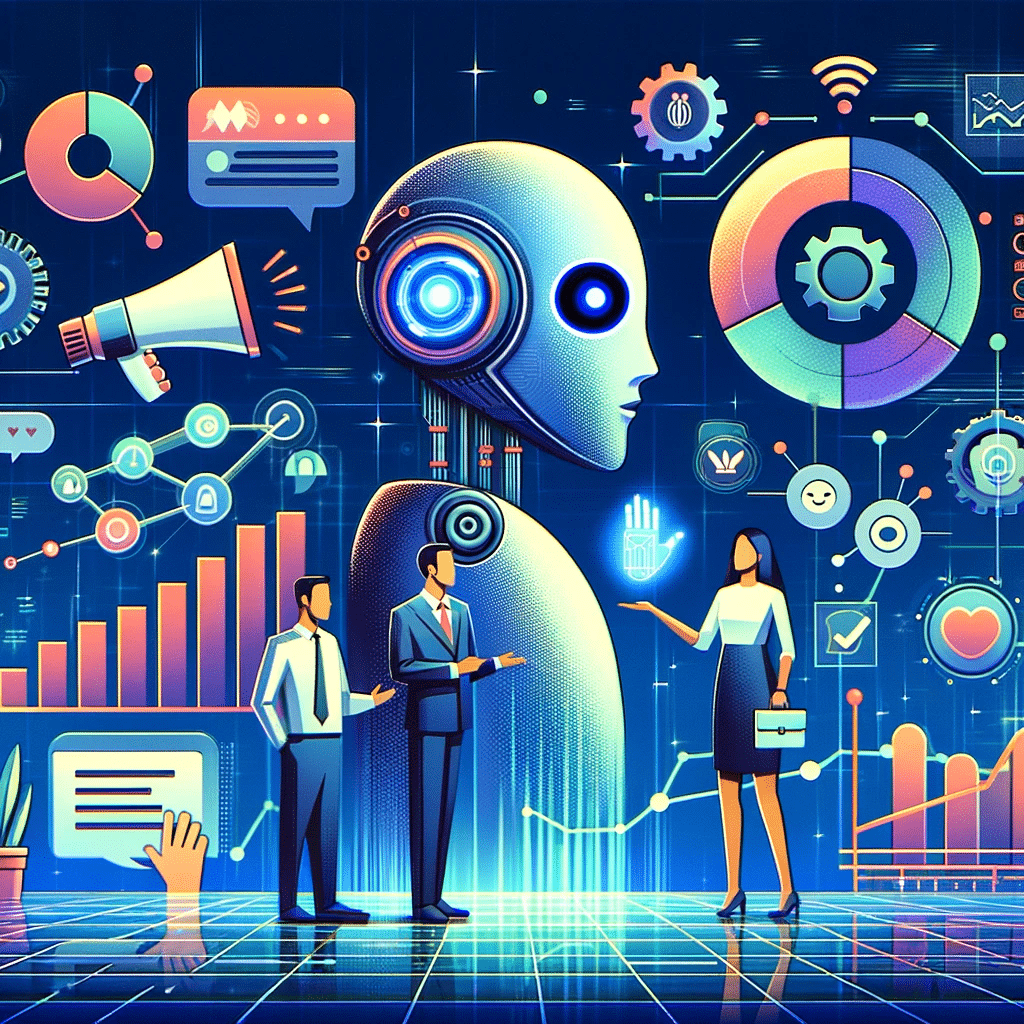
ChatGPT can analyze customer data to generate tailored recommendations and personalized messages, boosting engagement and conversion rates. It understands customer preferences and behavior, enabling sales teams to approach prospects with highly relevant offers and solutions.
ChatGPT efficiently segments and scores leads based on their interaction patterns and likelihood to convert. This precision in identifying high-value prospects saves time and resources, allowing businesses to focus on nurturing the most promising leads.
Overall, ChatGPT significantly boosts the efficiency and effectiveness of sales and marketing strategies. Its ability to process and utilize large datasets ensures that marketing messages are not only well-timed but also contextually relevant.
As human as a job can be, Human Resources can also be helped by AI-powered ChatGPT. It can be used in automated recruitment by implementing ChatGPT in screening processes to analyze resumes and pre-qualify candidates. It can also be a helpful tool in employee training, as ChatGPT can create interactive training modules and provide personalized learning experiences.
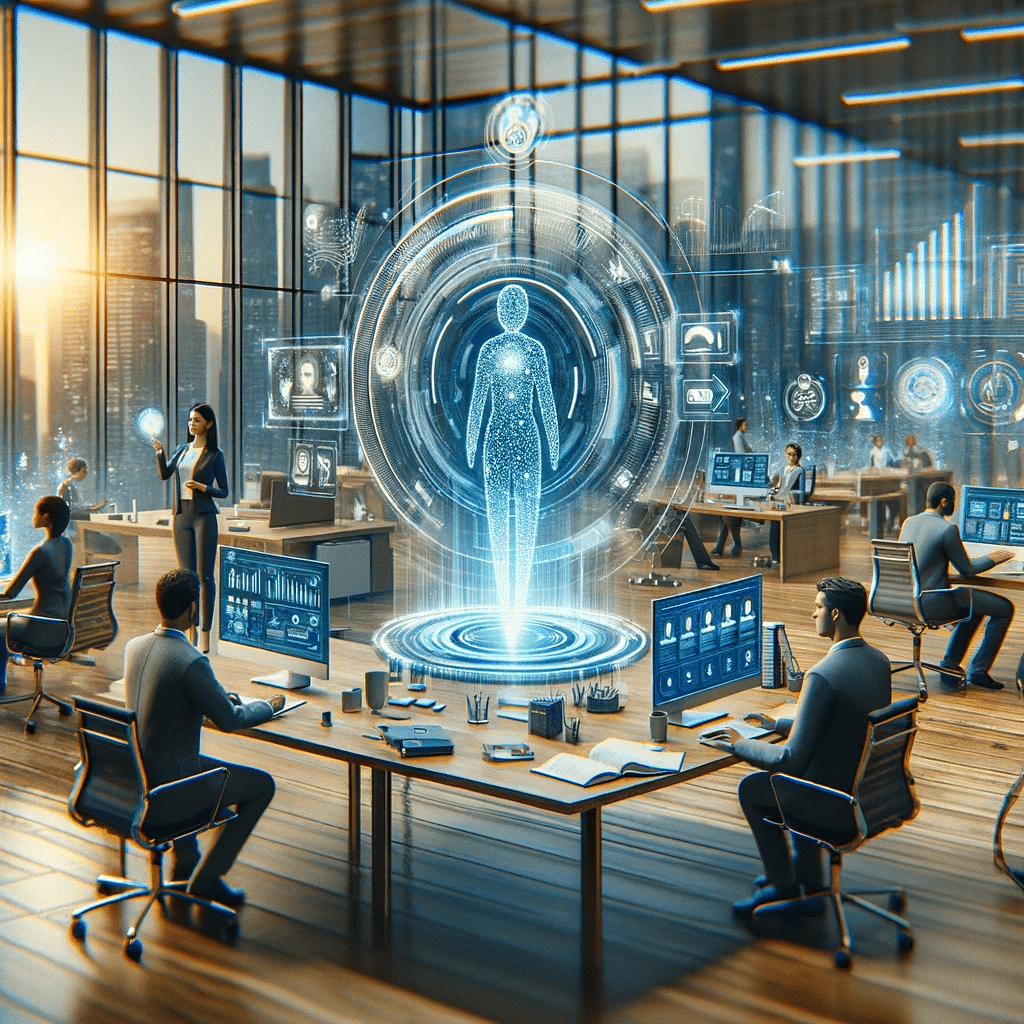
ChatGPT streamlines recruitment by automating initial candidate interactions. It can manage initial queries, provide company information, and guide applicants through the application process. This AI tool can also assist in filtering resumes based on predefined criteria, efficiently narrowing down the candidate pool.
ChatGPT enhances candidate screening by conducting initial interviews. It can ask relevant questions, gauge candidates’ responses, and evaluate their suitability for the role. This reduces the workload on HR staff and ensures a consistent interview process.
In training and development, ChatGPT offers personalized learning experiences. It can deliver tailored training content, answer queries, and provide feedback, catering to individual employee needs. This adaptability ensures more effective and engaging training programs.
ChatGPT plays a crucial role in employee engagement by providing continuous learning opportunities and career development advice. Its interactive nature keeps employees engaged, thereby improving knowledge retention and overall job satisfaction.
In summary, ChatGPT’s application in HR, from automating recruitment to enhancing training and engagement, signifies a major shift towards more efficient, personalized, and engaging HR processes.
ChatGPT can be utilized for transforming data analysis and reporting. As it can swiftly interpret vast datasets and effortlessly generate comprehensive and insightful reports, it can become a crucial time-saving tool.
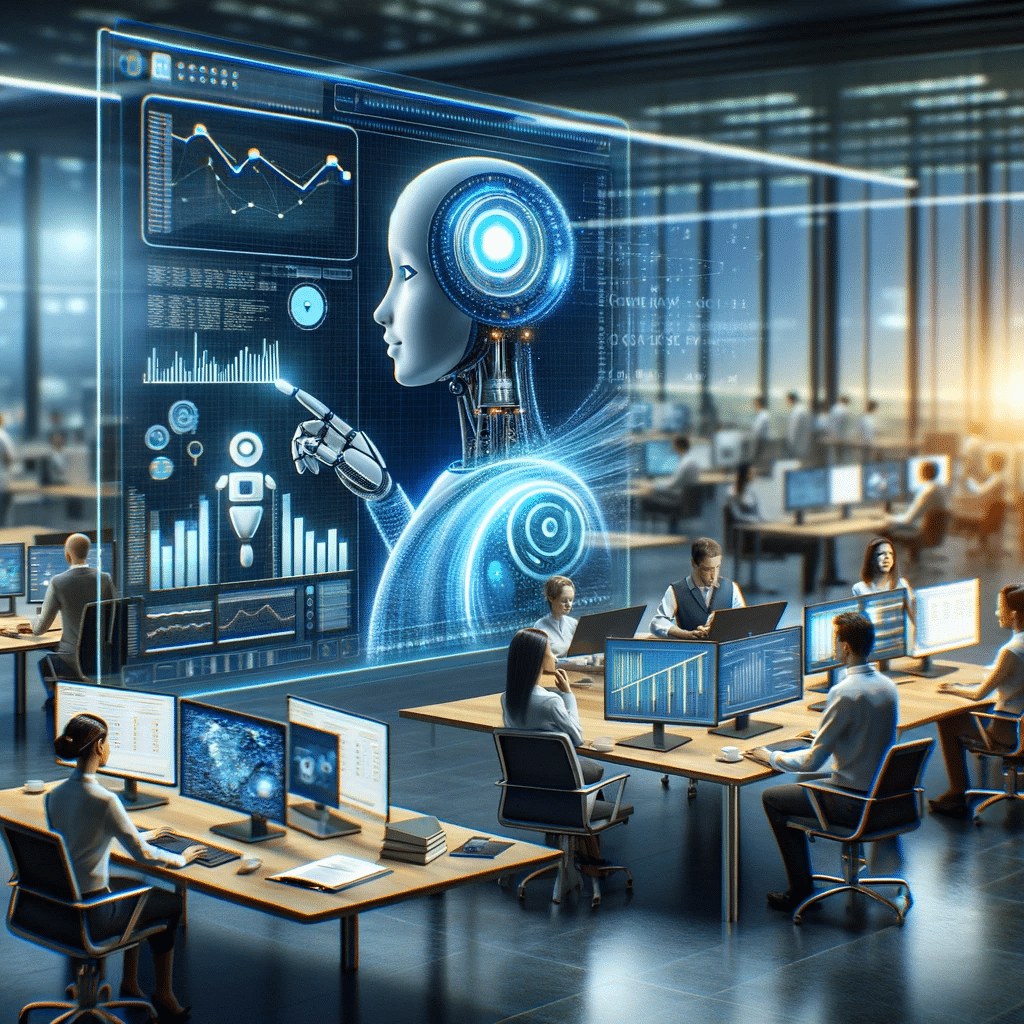
ChatGPT can analyze large datasets, extracting key insights and patterns essential for business strategy. Its AI algorithms process complex data sets to reveal trends, customer preferences, and market dynamics. This capability is crucial in predictive analytics, where ChatGPT can forecast market trends, consumer behavior, and potential business opportunities, aiding in proactive decision-making.
It can generate comprehensive, easily understandable reports from complex data, presenting them in a user-friendly format. This way, ChatGPT significantly enhances reporting efficiency. Such automation saves time and resources, allowing teams to focus on strategy rather than data processing.
With AI-driven data interpretation, ChatGPT provides businesses with actionable insights, improving decision-making accuracy. It ensures that decisions are data-backed, reducing risks and enhancing overall business performance.
It is safe to say that ChatGPT’s role in data analysis and reporting is transformative. Furthermore, it offers businesses the tools to turn data into actionable insights, enhancing strategic decision-making with AI-driven accuracy.
Having roamed free for a year, ChatGPT has generated some success stories. Let’s explore some compelling ChatGPT use cases where businesses are effectively leveraging this AI tool.

Use Case: Salesforce integrated GPT-3 into their Einstein AI platform to enhance their CRM system.
Impact: This integration allows for more sophisticated customer interaction analyses, predictive text in emails, and personalized customer communications. It has streamlined customer relationship management, making it more efficient and intuitive.
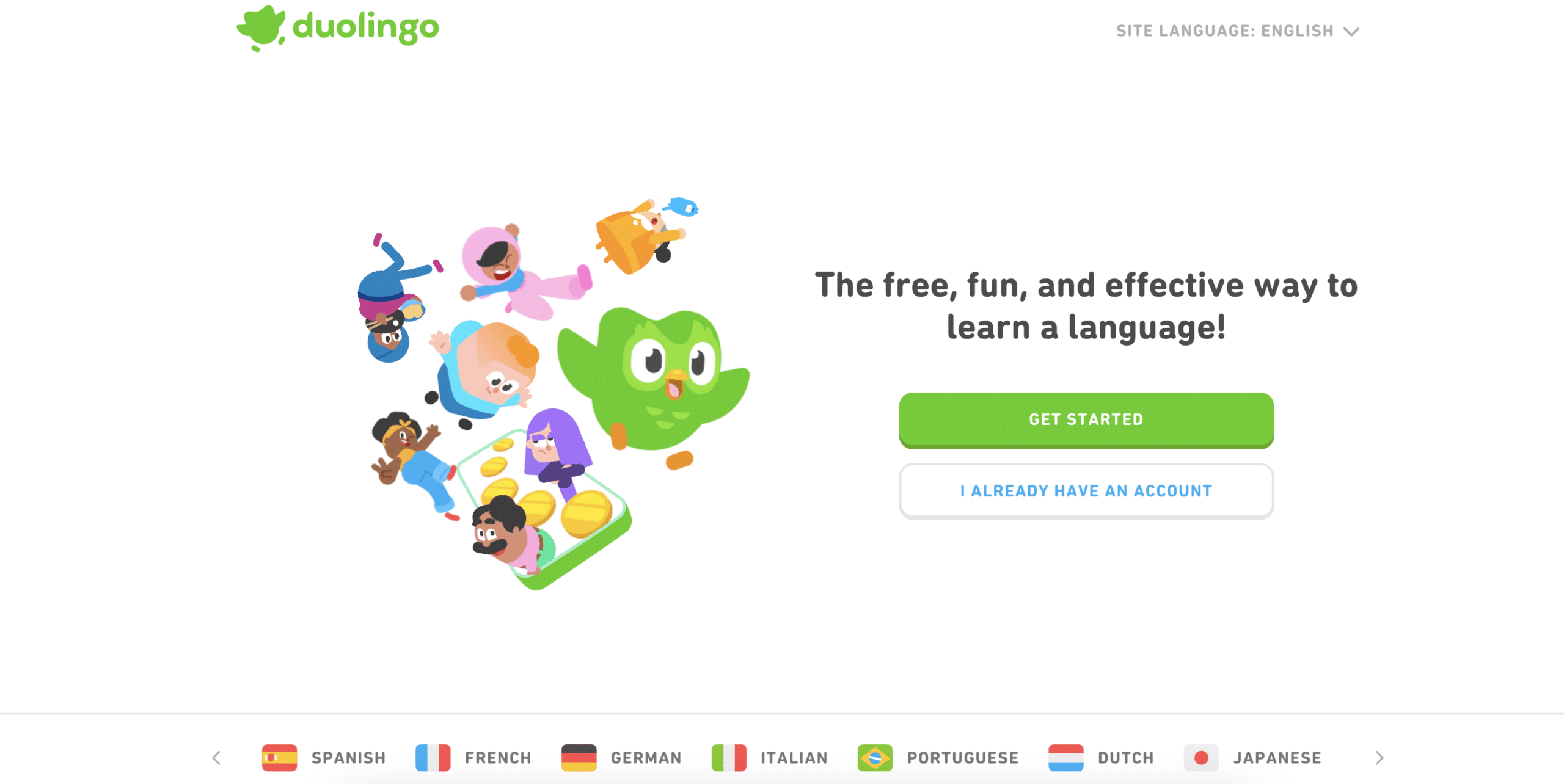
Use Case: Duolingo, a popular language-learning platform, has been experimenting with GPT-3 to enhance its chatbot capabilities.
Impact: This integration provides users with more natural, conversational practice, significantly improving the language learning experience. It enables users to have realistic conversations, boosting engagement and learning effectiveness.

Use Case: Shopify uses GPT-3 to assist merchants in generating creative and original content for their online stores.
Impact: It helps in writing product descriptions, promotional emails, and website content, saving time for business owners and enhancing the appeal of their online presence.
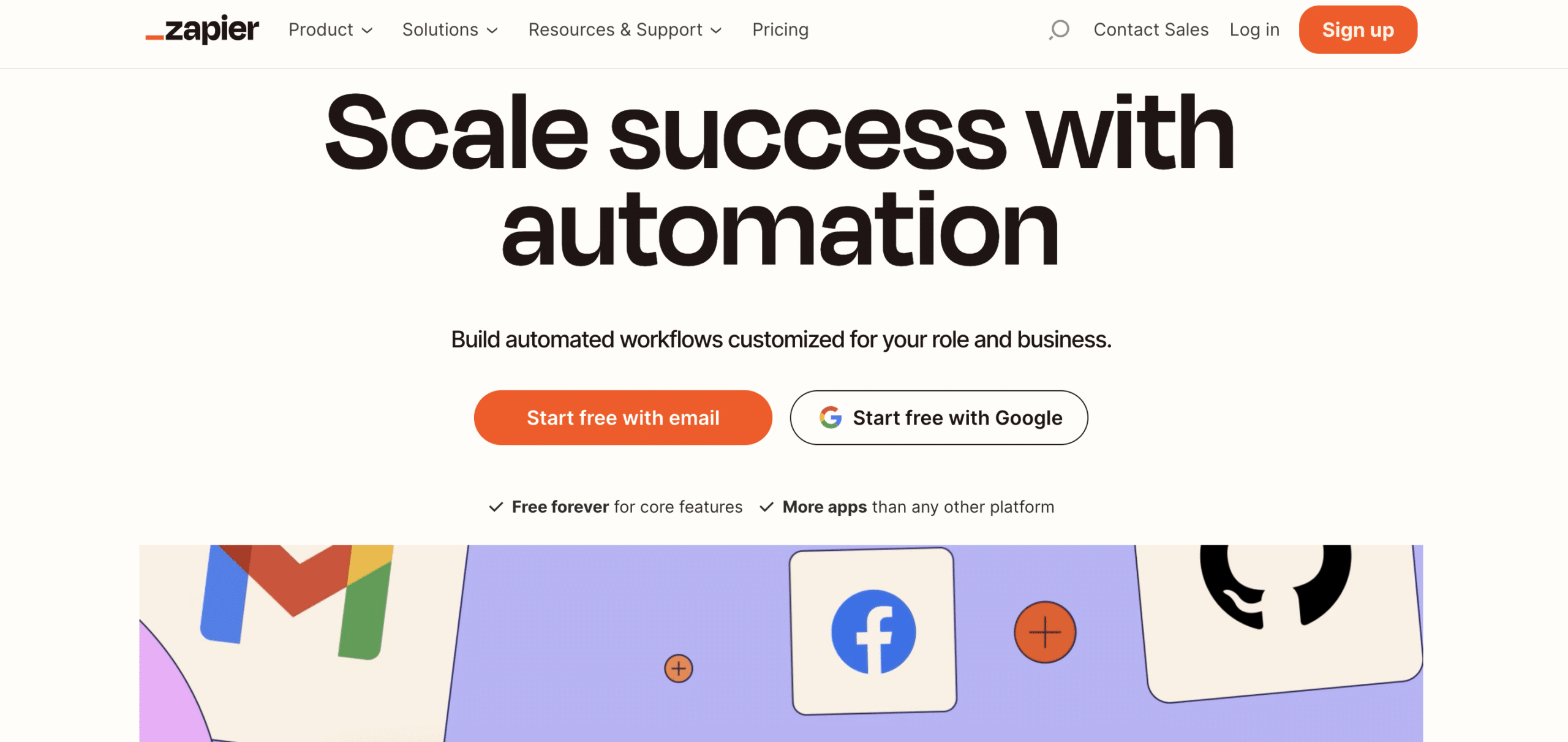
Use Case: Zapier, known for automating workflows, uses GPT-3 to help users create more effective automation ‘zaps’.
Impact: ChatGPT aids in suggesting and crafting workflows, making it easier for users to set up complex automation processes, thus optimizing productivity for businesses of all sizes.
These examples showcase how ChatGPT, through its advanced language understanding and generation capabilities, is transforming various business operations, enhancing efficiency, creativity, and user engagement across different sectors.
ChatGPT revolutionizes communication and efficiency while also considering the ethical and practical hurdles it faces in the ever-evolving landscape of AI technology. Analyzing its benefits and challenges reveals a comprehensive picture.
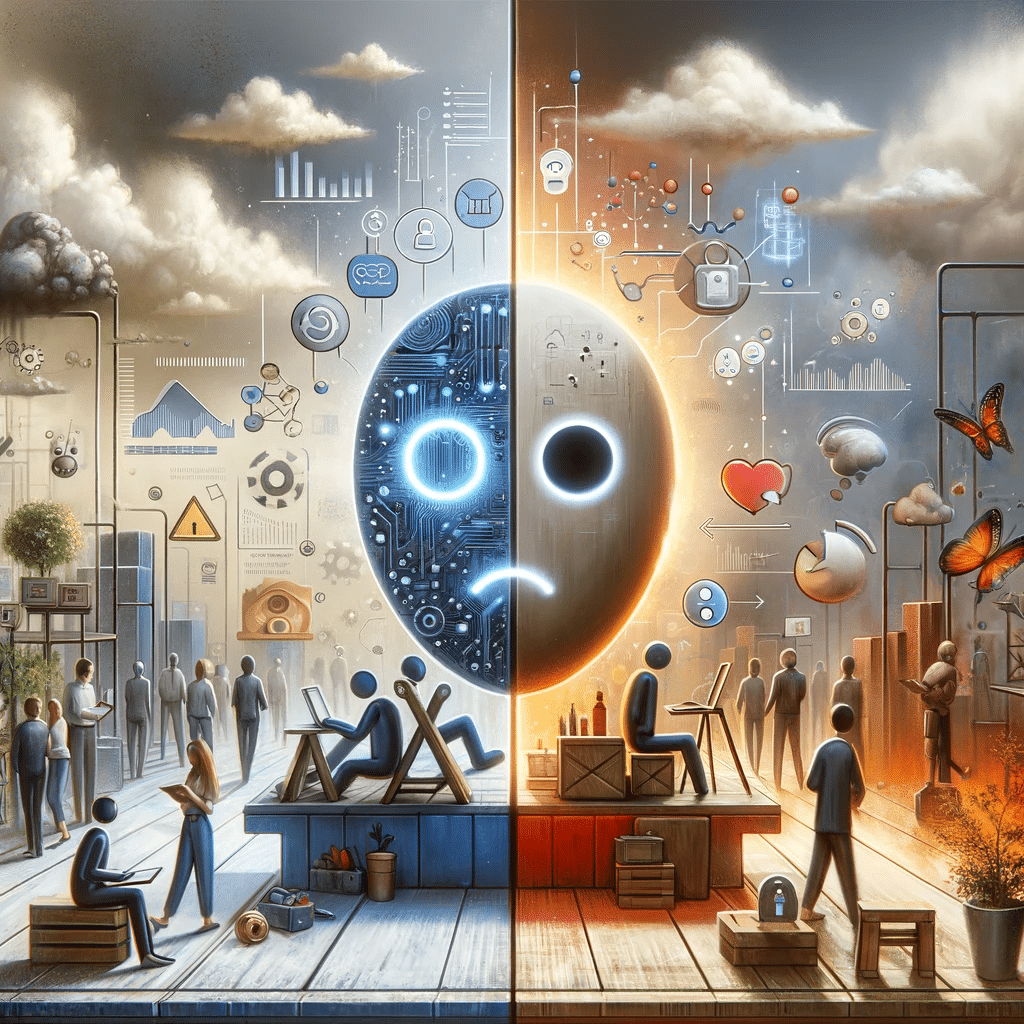
ChatGPT offers significant benefits in terms of efficiency, cost-effectiveness, and scalability. It is also important to be aware of its limitations, particularly in understanding complex contexts and ethical concerns.
There is no doubt that the future of ChatGPT and AI chatbots is poised for groundbreaking advancements. Let’s speculate a little about what may be waiting for us.
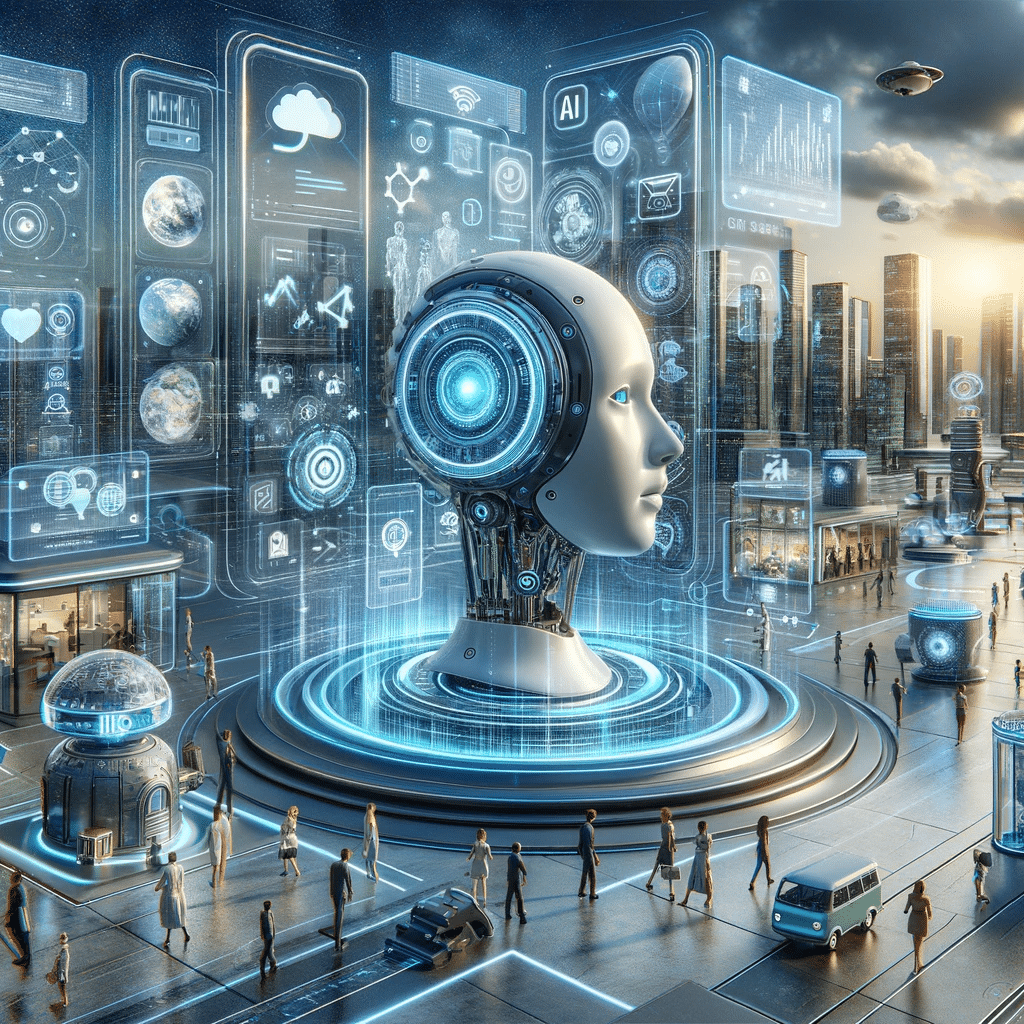
As you see, ChatGPT and AI chatbots are most likely on a trajectory to become more intelligent, empathetic, and integrated into daily life and various industries. Their evolution will significantly enhance customer experiences, streamline operations, and open new avenues for innovation in AI applications.
In summary, there are versatile ChatGPT use cases across various industries. From enhancing customer service with instant, personalized responses to revolutionizing content creation, aiding in programming and development, and transforming educational methods.
ChatGPT demonstrates its profound impact and potential. Businesses are leveraging ChatGPT for efficiency, cost-effectiveness, and scalability. Industries like healthcare, finance, and education are exploring its personalized and accurate assistance capabilities.
And it’s not the final list of how ChatGPT can be integrated into business or personal contexts, unlocking new opportunities for growth and innovation. Exploring resources on AI and Chatbot development or keeping up with the latest trends in AI applications can provide valuable insights.
Although there are some challenges and limitations, it is time to embrace the AI revolution with ChatGPT and discover how it can transform your operations and strategies.